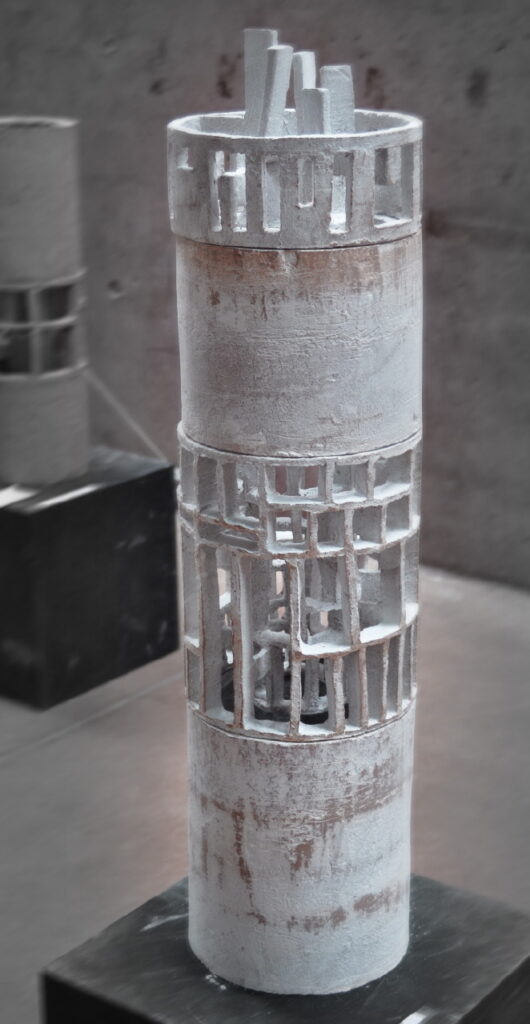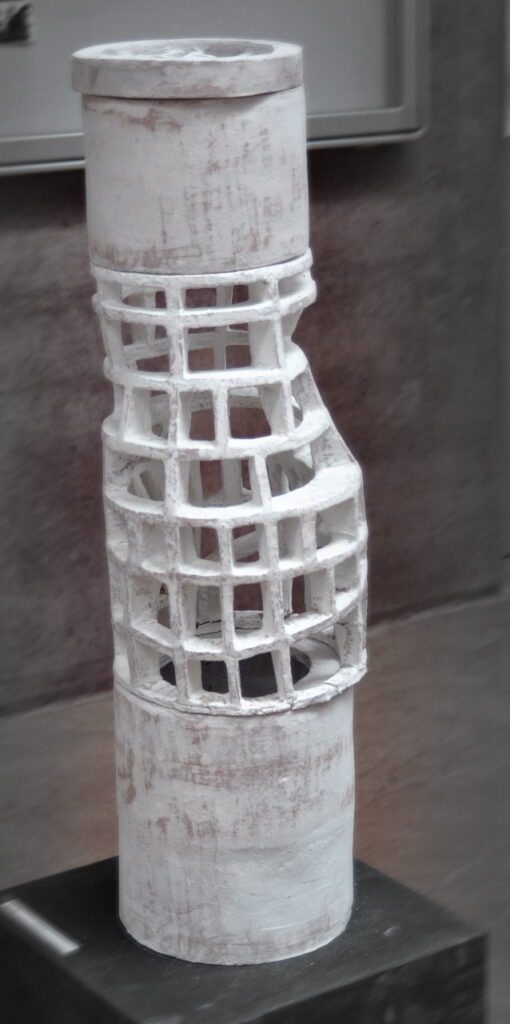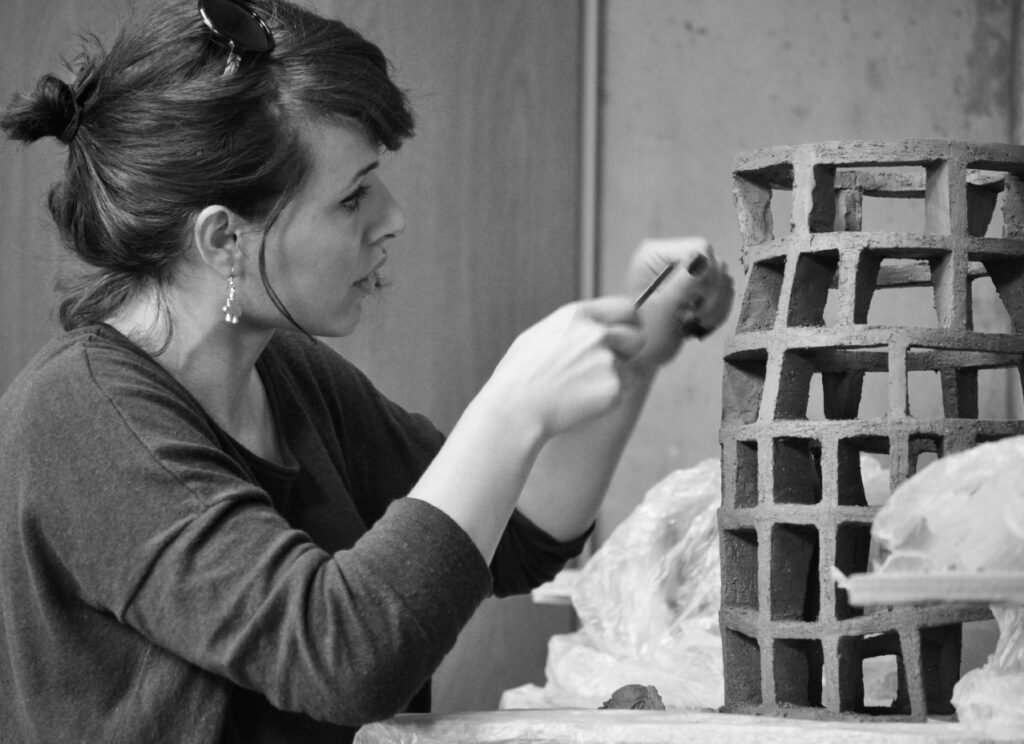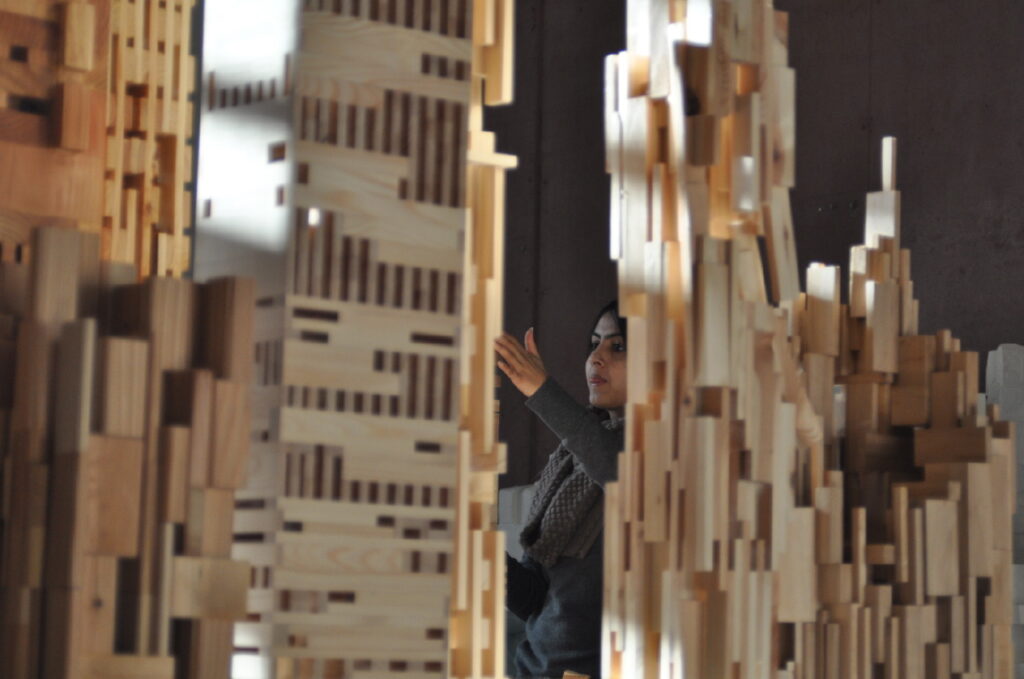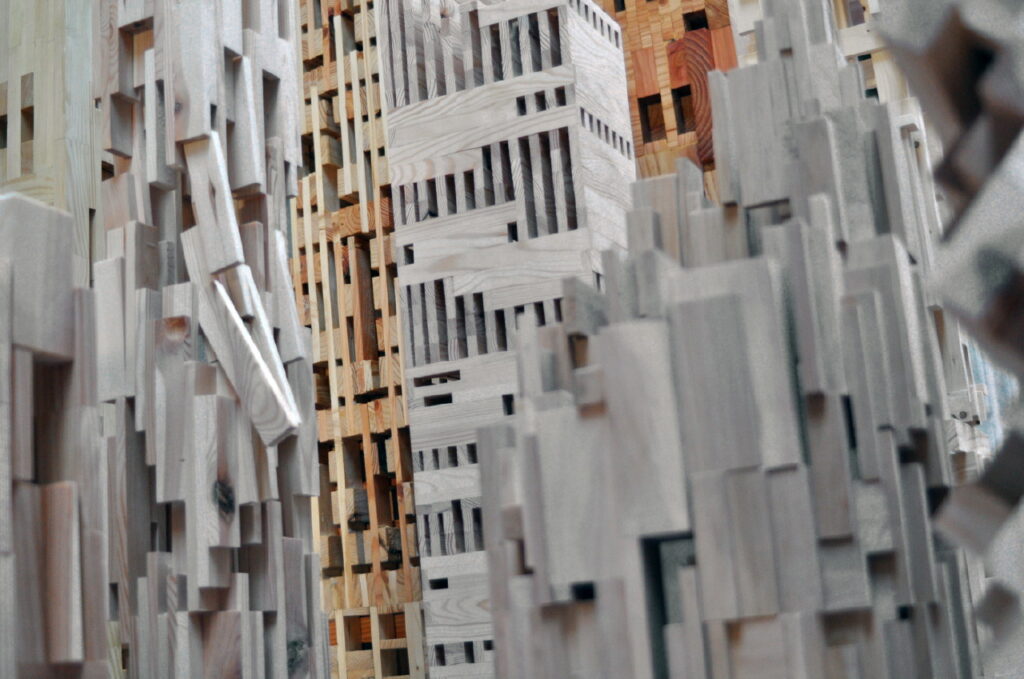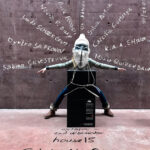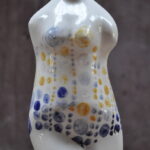Massivstruktur / massive structure
Zielsetzung ist es die Bedeutung des Details für Großformen herauszuarbeiten und den Mut zur Detailerfindung zu verbessern.
Eine gut entworfene Großform wird durch plastische Details individueller und zeitlos in ihrer Qualität. Reiches plastisches Detail ist eine seltene Qualität die sich zu fördern lohnt.
Massives Skelett, der Name des Kurses trägt einen Widerspruch in sich. Ein Skelett meint im eigentlichen Sinne die auf ein Minimum ausgedünnte konstruktive Struktur eines Objektes. Minimaler Materialeinsatz bei maximaler räumlicher oder statischer Wirkung. Dieser Kurs beschäftigt sich mit dem Gegenteil.
Es soll eine Struktur entworfen werden in der das proportionale Verhältnis von Material zu Öffnung sich umgekehrt verhält. Massive Materialstärken zu minimalem Zwischenraum.
Als Rohmaterial werden einfache Modulbausteine entworfen und benutzt, ähnlich Bauklötzen.
Durch das manningfaltige Variieren des modulhaften Baumaterials stellt sich eine lebendige Wirkung des Objektes ein. Gerade die Reduktion auf simples, monochromes Baumaterial verstärkt die Konzentration auf das Erfinden von Variationen. Es entstehen so besondere Fügungen der Bausteine und reliefierte Oberflächen.
- Erste Übung
Das erste Objekt nutzt die Möglichkeit der durchgängigen Öffnung. Die skelettierte Struktur ist noch deutlich spürbar. Es besteht die Möglichkeit den Innenraum mit einzubeziehen, indem er sichtbar bleibt. - Zweite Übung
Das zweite Objekt wird im Ausdruck komplett massiv sein. Es gehört zur Methode, dass die Fügung der Bausteine immer wieder Platz für kleine Öffnungen schafft. Diese sollen jedoch in der Regel die Skulptur nicht perforieren.
The idea of this course is to improve sensibility for details in 3-dimensional objects (this applies to houses as well as sculptures).
Fine tuned details give large structures individuality and a certain timeless quality. However the courage needed to create those details is rarely to be found and needs therefore support and encouragement.
Normally, when designing a skeleton structure it is sensible to reduce material. The purpose is to obtain a maximum of volume and structural strength by using a minimum of material.
This course will explore the opposite strategy by creating a structured vertical volume.
We try to minimize the openings in proportion to material. As raw material we will be using basic shapes like toy bricks. These generic structural elements will be used to create a integrated volume. The visual diversity of this object should be realised by variations in direction and thickness of the material.
By using only one material helps to focus on creating sculptural solutions by applying a surface pattern that extends around the model. These experiences will help to improve the detail-developing abilities.
Designing of two objects made by wood.
- First Step
The first object should use the idea of openings, so that the vertical volume could breath and give us the option to look trough it. It will also contain an inner space. - Second step
The second object is completely compact. It may show some holes, but never allow views trough the volume. The holes are merely shadow zones that allow to create a relief.

